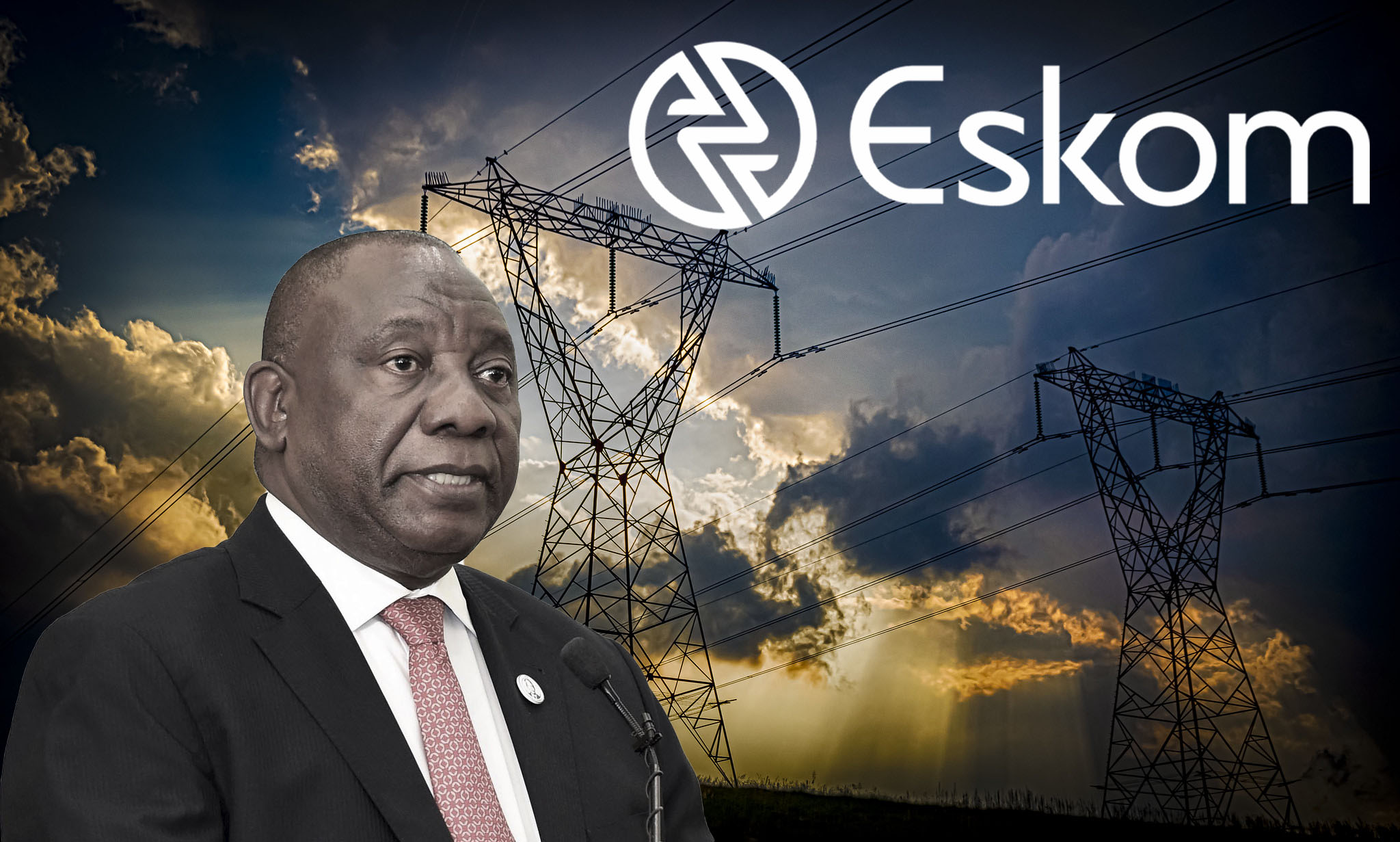South Africa is currently experiencing one of its worst energy crises in its history. Rolling blackouts have become part of daily life because Eskom, the country’s energy supplier, is battling to keep the lights on.
The frequency and intensity of blackouts have drastically increased since September, as homes, factories and businesses were hit by up to eight hours of power cuts a day. In 2022, the country experienced twice as many power cuts than any other year since this crisis started 15 years ago.
This is having devastating consequences for the economy, with power cuts shaving two percentage points off economic output over a year and plunging even more people into unemployment. Daily lives are being disrupted, unrefrigerated food is rotting and businesses have to shut down and close regularly.
Disastrous state of affairs
At his State of the Nation address in February, President Cyril Ramaphosa declared the electricity supply crisis a national state of disaster under the Disaster Management Act. The state of disaster is an emergency measure that grants the government additional powers to provide relief. He also announced a cabinet reshuffle, establishing a new ministry of electricity.
However, these measures smack of desperation to get a handle on the crisis. It is an act of pure cynicism on the part of the ruling class, which is directly responsible for this catastrophe. Over the last 15 years, Eskom, which is one of the biggest utility companies in the world and provides more than 90 percent of all of South Africa’s electricity, has kept its grid from collapsing by cutting power when it has been unable to meet demand.
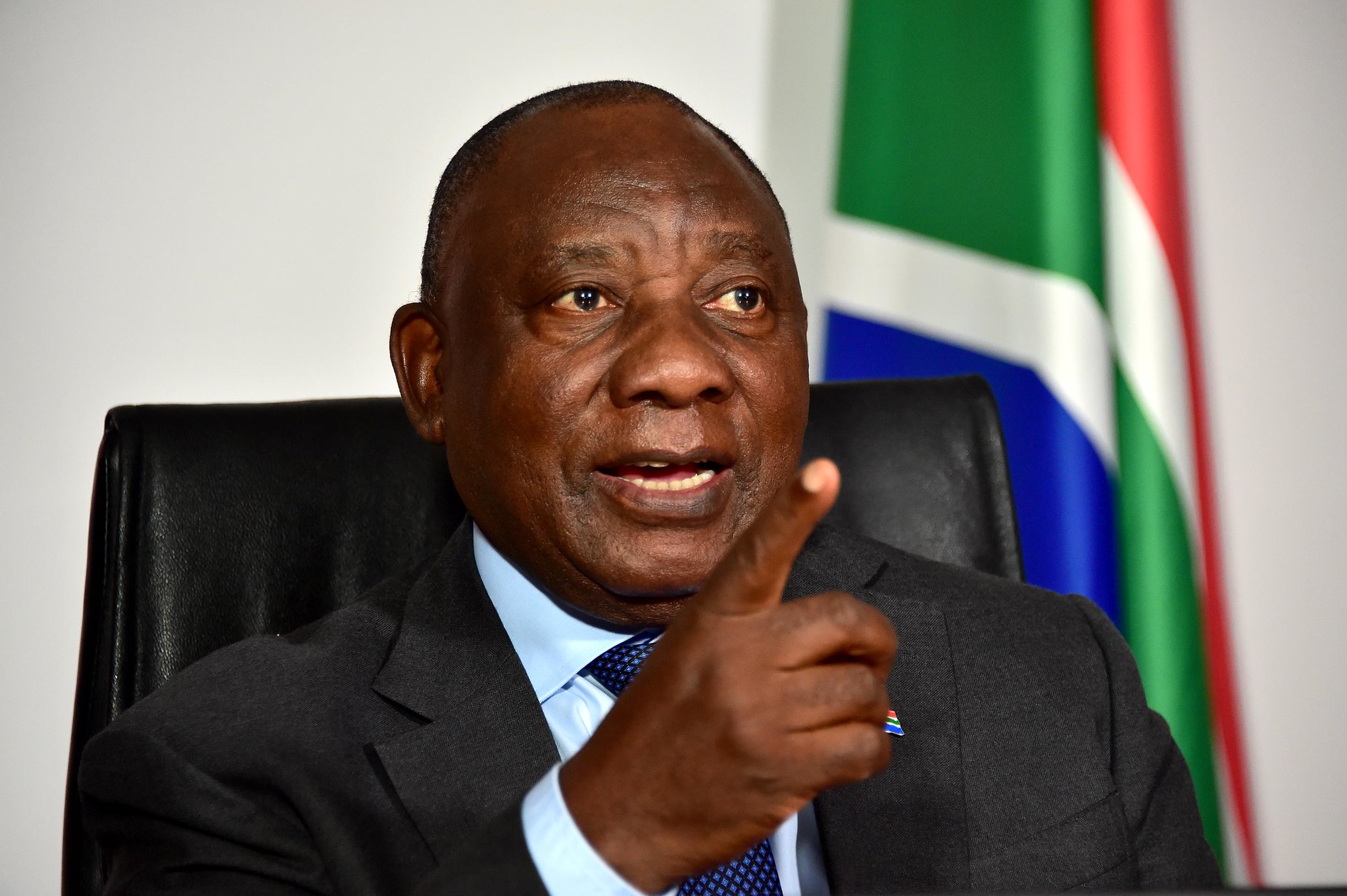 At his State of the Nation address in February, President Cyril Ramaphosa declared the electricity supply crisis a national state of disaster / Image: GovernmentZA, Flickr
At his State of the Nation address in February, President Cyril Ramaphosa declared the electricity supply crisis a national state of disaster / Image: GovernmentZA, Flickr
Known locally as “load shedding,” these planned blackouts, which initially affected mining operations and heavy industry, have become much more widespread. During these periods the power is rationed between different electrical grid areas across the country and within municipal areas. As the company has struggled under a leadership crisis with 10 chief executives in 10 years, its assets have deteriorated over time. Contributing to this is a lack of maintenance of the infrastructure and even vandalism, all of which pushed outages to record levels in 2022.
A crisis of the capitalist system
Eskom’s crisis is a result of the ANC’s rightward turn under former President Thabo Mbeki following its so-called National Democratic Revolution. The implementation of GEAR (Growth, Employment and Redistribution), a macroeconomic framework adopted by Mbeki in 1996, laid the groundwork for the expansion of “public-private partnerships”, as a model for service delivery. This is a euphemism for privatisation.
In March 1997 the Minister of Finance tabled a budget that was characterised by real cuts in social expenditure of below inflation increases and falling per capita expenditure. This budget was the beginning of a sustained attack on living standards on the working class led by a government that had adopted all-out capitalist policies.
According to the new policy, the state was commanded to play a lesser and lesser role in the economy. Instead the state's role must be to create a playing field in which the capitalists can invest in the economy. It introduced privatisation of state-owned enterprises, cuts in government spending, wage freezes and “flexibility” of labour markets.
This policy spurred ‘reforms’ that initiated a mass rollout of prepaid electricity metres as a more aggressive means to collect residential electricity payments. These changes were even forced with steadily rising electricity costs, which especially impacted poor and working-class households. Since GEAR, there has been a chronic lack of investment in new public generation capacity, leaving Eskom reliant on ageing and poorly maintained (not to mention environmentally damaging) coal-fired power stations.
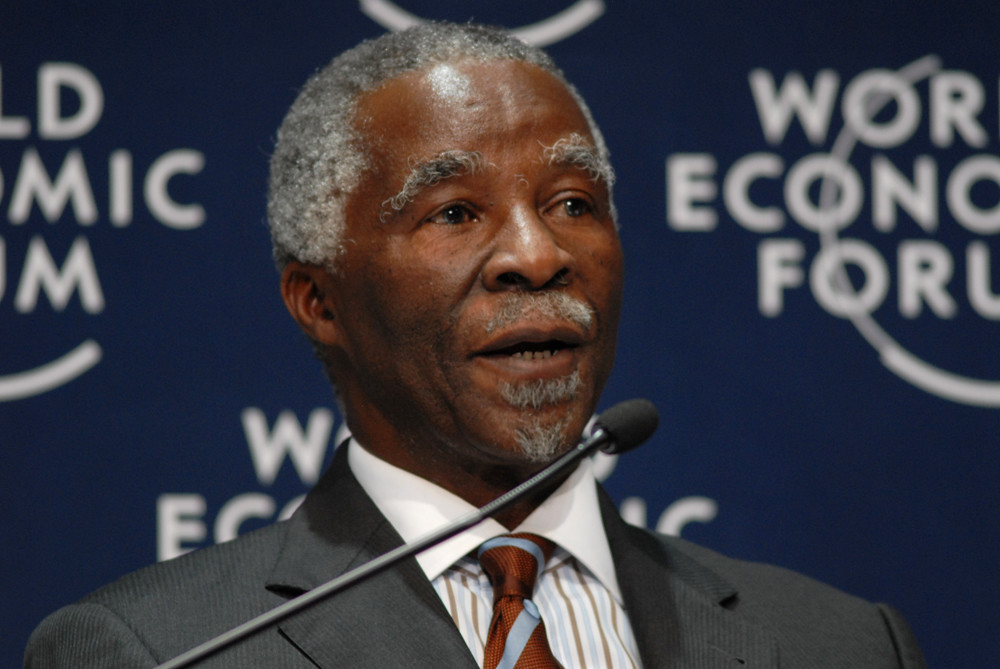 Eskom’s crisis is a result of the ANC’s rightward turn under former President Thabo Mbeki / Image: World Economic Forum, Flickr
Eskom’s crisis is a result of the ANC’s rightward turn under former President Thabo Mbeki / Image: World Economic Forum, Flickr
Eskom plunges into crisis
The crisis of Eskom has its origin in late 2007 and early 2008. As early as December 1998, energy analysts and engineers in Eskom predicted that it would run out of electrical power reserves by 2007 unless action was taken to prevent it. To improve power supply and reliability, the 1998 report recommended restructuring Eskom into separate state-owned businesses for electricity generation and power transmission.
Despite the warnings of the 1998 report and requests by Eskom to be allowed to increase capacity, the national government took no action. Instead, the government under president Mbeki was considering the privatisation of Eskom. This resulted in Eskom being unable to add additional generating capacity and thereby keep up with increasing national demand for electricity from 2002 onward.
The government only granted Eskom permission to significantly expand energy production by 70 percent in 2004, when it was too late. Mbeki was removed by the left-wing of the party and the tripartite alliance in 1999. But this economic policy was continued under both the Zuma and Ramaphosa administrations.
The ANC government’s lack of investment in the electricity sector is graphically illustrated by the fact that, between 1961 and 1996, the apartheid government commissioned the building of a combined 35,804 megawatt of capacity to the national grid. Since 1994 however, only 9,564 Megawatt of capacity has been added in the form of the newly constructed power stations Medupi and Kusile. Many Eskom power stations are almost 50 years old and near decommissioning. However, the construction of these plants encountered numerous technical problems and cost overruns, while the existing fleet of power plants were not replaced and continued to operate past their operational lifespan. The result is continued breakdowns and resulting blackouts.
Capitalist parasites
Under the existing financing model for local government, municipalities are forced to generate profits off the provision of basic services to fund their operations, invest in new infrastructure and pay off existing debt. As of 2021, outstanding municipal debt owed to Eskom stood at over R35 billion, with at least 20 municipalities defaulting on payments.
Eskom’s own debt levels have skyrocketed to about R400 billion. Loans granted by the World Bank and IMF for the mega-coal projects Medupi and Kusile both incurred irregular expenditure and cost overruns. Increases in the cost of primary energy came largely due to shifts to purchase expensive energy from private generators. The debt levels also came from dramatic increases due to the cost of coal from local suppliers.
At the root of the Eskom crisis is the drain of its revenue into the coffers of privately owned Independent Power Producers (IPP), and those of private companies that have ratcheted up the prices after taking over the ownership of coal mines which were previously held by Eskom.
Giant multinational corporations such as Glencore, South32, Anglo American, Exxaro and Liketh took ownership of mines previously controlled by Eskom were handed over. As a result, Eskom relies on these companies to supply it with the coal required to produce electricity. These companies have been driving high electricity tariffs because they charge exorbitant coal prices to Eskom.
While having lost control over the supply of coal for power production on the one hand, Eskom has also been gradually losing control of the power generation itself. Since 2015, instead of investing capital into extending the lifespans of the electricity generation units which are now very old, the government has been decommissioning them and spending this money on paying private IPPs to supply to the grid. This is despite the fact that Eskom has the capacity to produce electricity at much lower costs than what is charged by the IPPs.
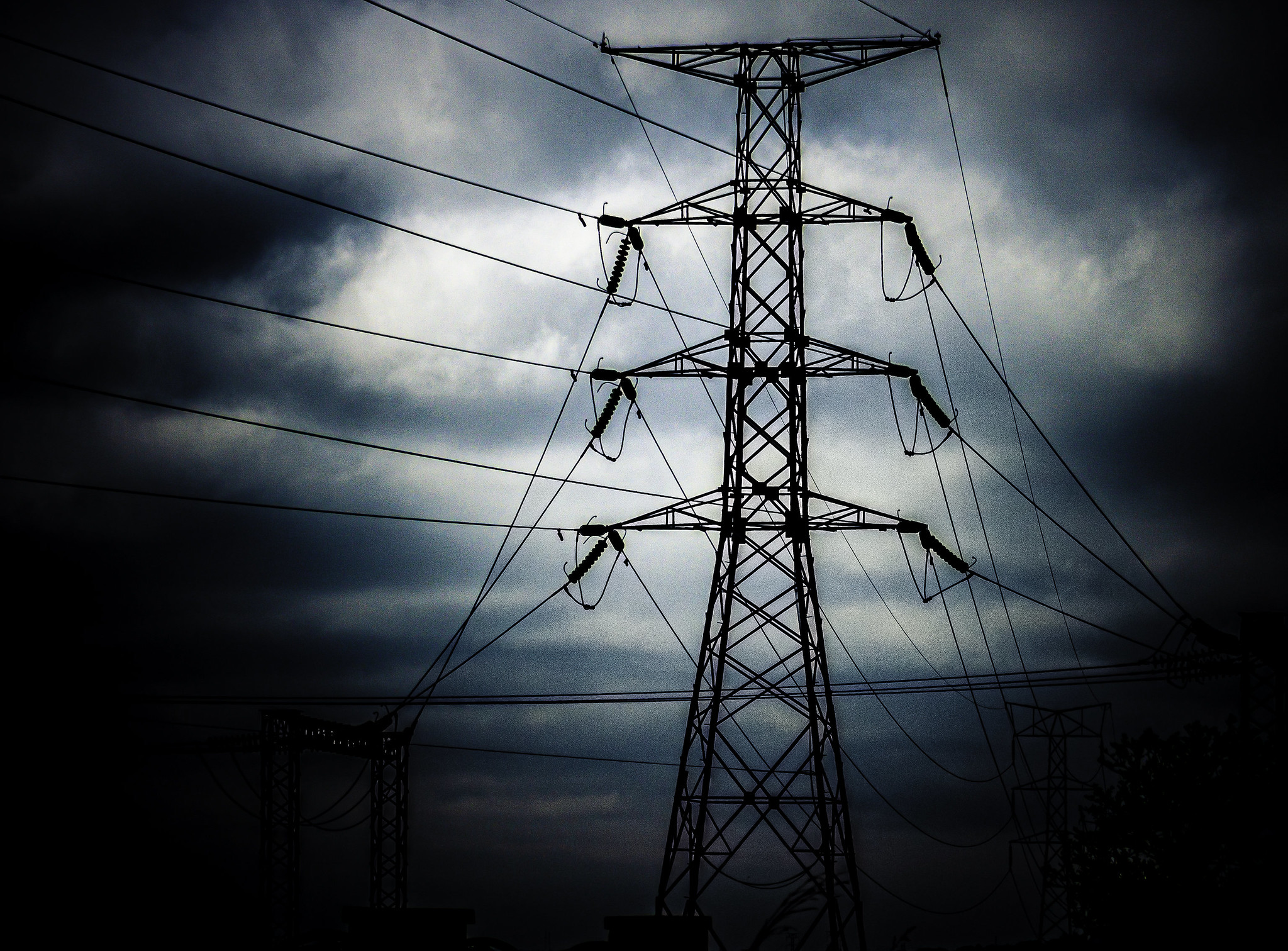 While having lost control over the supply of coal for power production on the one hand, Eskom has also been gradually losing control of the power generation itself / Image: Axel Bührmann, Flickr
While having lost control over the supply of coal for power production on the one hand, Eskom has also been gradually losing control of the power generation itself / Image: Axel Bührmann, Flickr
As a result, in 2015, out of the R8.2 billion generated from tariff increase, R6.5 billion went as payments to the private IPPs that have contracts with Eskom for power supply. The following year, more contracts were signed with IPPs, which then sold power to Eskom at a much higher price, causing the company a loss of R9 billion.
Again, in 2018, the then Energy Minister Jeff Radebe, on behalf of Eskom, signed another R56 billion contract with 27 more IPPs, despite the strong opposition by the unions. That year alone, R21.3 billion was spent on paying the IPPs, from which Eskom bought electricity at R2.22 per kilowatt and sold at R1.38 per kilowatt hour, costing the company a loss of R13 billion.
In the meantime, the private IPPs are making profits at the cost of Eskom. This is not because the private companies are inherently better at adapting to the changes in supply and demand. On the contrary, the “must buy first principle,” on the basis of which government-guaranteed Power Purchasing Agreements have been signed with the IPPs, ensures that these IPPs are guaranteed payment from Eskom whether or not there is a demand. This is a real resource drain on the company and has left Eskom with little capital to invest in extending the lifespan of its generators.
Unions are correctly demanding the cancellation of the exorbitantly priced contracts handed over to the private IPPs. In its place, the power-production tasks should be insourced into Eskom, and money saved from cancellation should be invested into extending the lifespan of existing generators or acquiring new capacity. The government, on the other hand, is using the very fact that most of its generators are reaching the end of its lifespan to justify the decommissioning of more plants from the company and replacing them with more contracts to private IPPs.
The need to transition from coal to renewable energy is also being opportunistically used in a cynical way by the government to justify the policy of decommissioning publicly owned coal plants and outsourcing the energy requirement to privately owned Renewable Energy Independent Power Producers.
Then there are the ‘tenderpreneurs’, with close connections to politicians in high office which have become rich through the tendering system. These upstart capitalists are largely locked out of the major sectors of the economy which are dominated by the established white bourgeoisie. As a consequence, the main source for their wealth is the looting of state resources. Eskom with its massive resources is obviously the main target.
In the name of so-called Black Economic Empowerment, these unscrupulous ‘business people’ have emerged as new black elites. Through this process, networks of state officials, ambitious entrepreneurs as well as small time operators, were rigging tenders or engaging in other kinds of fraud so as to sustain or establish businesses, or simply to finance self-enrichment.
Lack of working-class leadership
The energy crisis is a source of deep anger in working-class communities across the country. Unlike the wealthy, who can mitigate the impact of blackouts by installing power generators and solar panels, the working-class and poor communities are forced to bear the brunt. Now, to add insult to injury, the national energy regulator has granted Eskom a 18.65 percent tariff hike for the 2023/2024 year.
This decision has raised the anger in working-class communities to boiling point. Already, in January, protests against the continuous blackouts broke out in Durban and Johannesburg. If there had been an organised, mass campaign of the working class to struggle against the devastating impact of load shedding, which is linked to unemployment, poverty and the cost of living crisis, it would receive a huge echo.
Even large layers of the middle class and small businesspeople, who are ruined by the crisis, could be drawn into the fray if it had been put forward boldly by the organisations of the working class. However, instead of taking a lead to mobilise the working class in support of these protests, the unions and organised labour let the initiative slip through their hands.
The initiative then fell to the Economic Freedom Fighters (EFF), who called for a ‘national shutdown’ on 20 March. This was a correct call, but it should have been the start of a sustained campaign to fight for a socialist programme to end the nightmare. But this is not what they have done. A single day of action will do nothing to end the crisis.
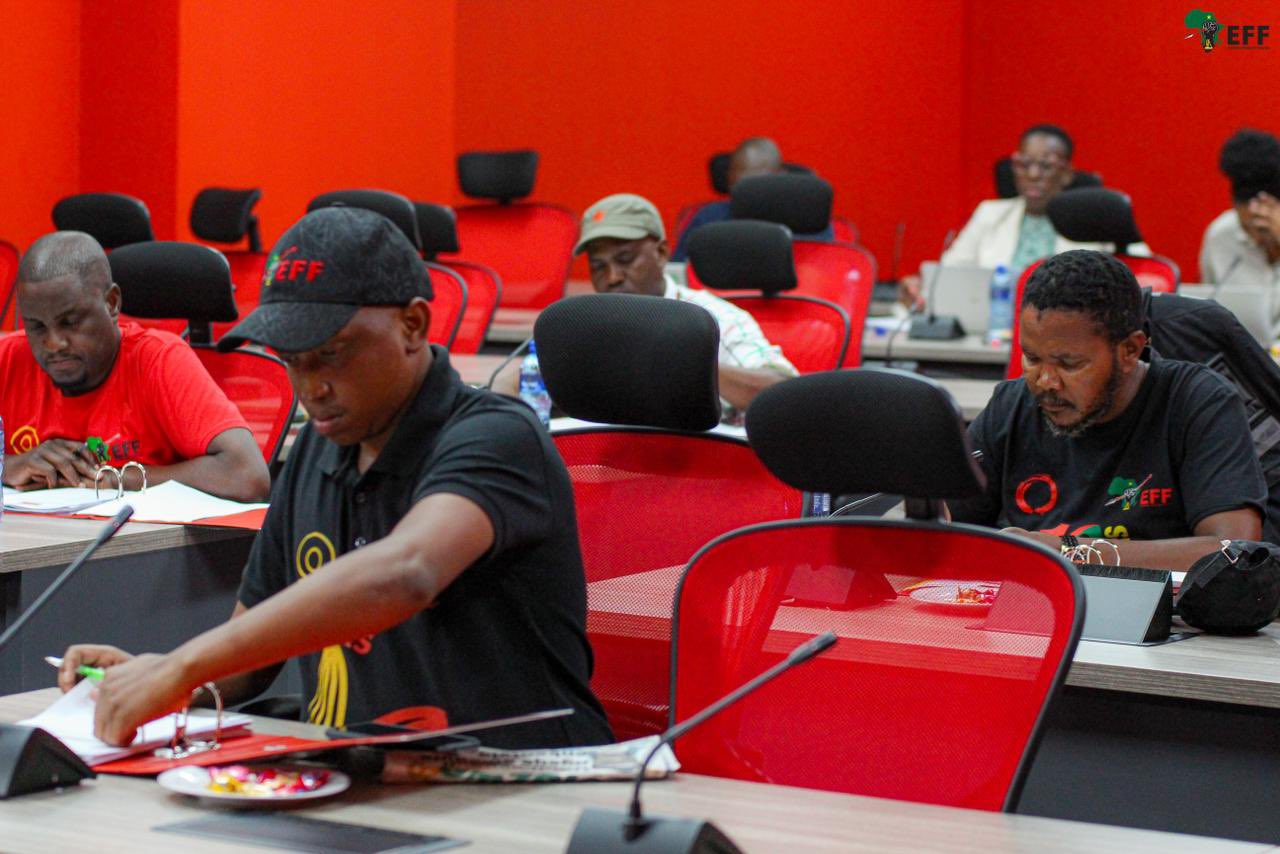 The EFF now sees its primary field of activity in the parliamentary and electoral arena and not in the streets / Image: Economic Freedom Fighters Twitter
The EFF now sees its primary field of activity in the parliamentary and electoral arena and not in the streets / Image: Economic Freedom Fighters Twitter
The EFF just made the call for a ‘shutdown’ without actively mobilising working class communities, mines, factories and the unions. Moreover, it chose a day that fell over a long weekend, which completely undermined the potential for mass mobilisation. In other words, they did everything to keep mass participation in the streets to a minimum. This is in keeping with the whole opportunist trajectory in which the EFF is moving. The party now sees its primary field of activity in the parliamentary and electoral arena and not in the streets. This is in contrast to the first years of its existence when they correctly did not hesitate to combine interventions on the political front with mass action in the streets.
The need for workers’ control
The organisations of the working class need to take responsibility and provide the necessary leadership to steer the country out of this crisis. Based on the independent movement of the working class, armed with a socialist programme, the fight should be taken to the ruling class. Ultimately, only the revolutionary overthrow of the capitalist system will save the working class from the barbarism which is threatening society.
To ensure a reliable and uninterrupted supply of affordable electricity in every household, community and workplace, the trade unions and organisations of the working class must organise a programme of rolling mass action led by workers, communities and youth to fight for genuine nationalisation of the commanding heights of the economy under the democratic control of the working class and in the interest of all of society.
These must be composed of democratically elected and recallable representatives of workers, trade unions and working class communities. It is time to re-nationalise the coal mines under democratic workers’ control!
However, to solve the climate and environmental crisis, a socialist, democratic and rational plan of energy production, using sustainable and clean energy sources is needed. Ultimately, to finance such a plan, the economy must be under the democratic control and management of the working class.
The relentless pursuit of profits is in contradiction with the need for affordable, reliable, clean and renewable energy supply. What is needed is a programme to solve the crisis based on workers’ control of Eskom. The capitalist class through outsourcing, privatisation in the name of consultants and tenders is now a direct barrier to the development of society. It is time to boot out these ‘consultants’ and abolish the tender system altogether.
The Eskom crisis is a clear illustration of stagnation of the productive forces under capitalism. South Africa is a rich, energy resource country. But the capitalist class has become a direct obstacle in the development of the potential. The corrupt capitalists, tenderpreneurs, politicians and managers that systematically looted Eskom should be prosecuted for their crimes. The need for the overthrow of these parasites has never been greater.

